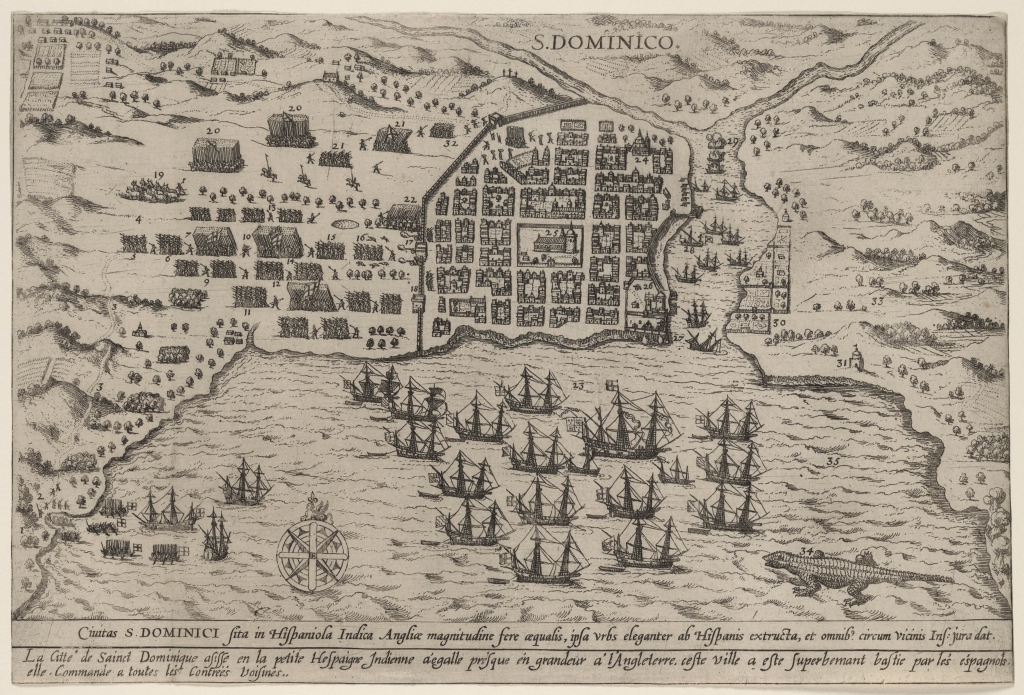Christmas in Dominican Republic / Navidad en República Dominicana
Christmas Dominican style is a fabulous time. The food, the music, the parties, the beaches, the lights and the unique traditions and best of all, it is not cold!
Christmas | Songs | Decorations | Traditional Foods | Town and Neighborhood Traditions | Children – Three Kings Day | El Burrito de Belén song and lyrics | Christmas Words | Picture Collection – Christmas in Colonial Zone and Dominican Republic

Since Christmas is such a grand and important holiday here in the Dominican Republic it deserves a page all its own. It is such a large celebration that it starts in October and ends in January. With its exhilarating parties, spectacular fireworks, relaxing family time and fantastic food, there is just too much good information for a small section.
Christmas in Dominican Republic lasts for about 3 months, more or less. It is a time to get together with friends and family and enjoy. Although here everyone seems to have a great time always, Christmas is even more of a delight. The airlines are booked solid with people returning to their roots to celebrate in the place they call home. There is such an excitement felt in the streets throughout the country. The passion culminates with the fireworks that seem to happen more often the closer the holiday gets.
Trying to do business during this time is not easy, peoples minds are not on accomplishing anything. All that seems to be on the mind is having fun and relishing the company of others.
Indulging ones self with all the traditional foods that one does not get throughout the year is much anticipated. The aromas of food whiffs out into the streets from kitchens where people are preparing their specialties. There are parties, both private and community gatherings everywhere. The festive spirit is in abundance. On the faces of people, the lights and decorations, the festive feelings, the fireworks and the food.
Christmas Traditions
Fuegos Artificiales

Fuegos artificiales/ Fireworks are a momentous tradition here in Dominican Republic. Children and adults love shooting off cohetes y petardos/ rockets and firecrackers of all types. Hospitals are especially busy mending burnt and mangled fingers of people that get a bit carried away with the fireworks. There are stands all over the country selling these festive and dangerous toys to light the sky or to make a big bang. In this way the season is celebrated with a bang!
Most businesses will close around 6 PM on Christmas Eve and some will not open at all on this day. This gives families time to get together for the big celebration of food and drink. In most tourist areas businesses are open, but I wouldn’t count on it. It’s best to have what you need before this day just to be on the safe side.
Noche Buena
The main celebration happens on Noche Buena/ Christmas Eve (December 24th). This is when the big family dinners are held. People really do some substantial celebrating. Most people return to their home towns in order to enjoy the holiday with family and friends. Not to mention, most Dominicans love their mothers or aunts cooking so the must return home to enjoy the feast that is prepared. This family gathering is the center of the holiday festivity. December 25th, Christmas Day, is the day to recuperate.
Double Sueldo
As a traditional token of Christmas cheer, most employees receive an extra months pay in December, and so have a little extra cash on hand. This is called Double Sueldo, a Christmas bonus Dominican style. It is about the same as a months pay and helps to make Christmas holidays a more lighthearted time.
La Misa del Gall

Religious people usually go to church for the Christmas Eve service. This service called La Misa del Gall. It is a Midnight Mass traditional type service. There is also a mass on Christmas Day usually held at 12 noon for those who didn’t make it to the Midnight mass or for those that like to go to both. This way one can get a little rest in between.
If you are in Santo Domingo in Dominican Republic during the holidays try and make it to the service in the First Church in the Americas, Cathedral de Santa Maria in Colonial Zone. This is service is one of the largest and most elaborate in the whole country. Make sure to get there very early or you will be observing from the outside, which is fine also.
Gifts
A tradition for gift exchange is called Un Angelito/ A Little Angel. All the social classes practice this. All the names of the participants are placed in a sack. Then a name is selected from the bunch. The person whose name you chose is your Angelito. Every week during the Christmas holiday you are to give that person, whose name you chose, a gift. The identity of your Angelito is to be kept secret until the last day of the gift exchange where you must divulge yourself.
Continue Christmas Songs Dominican Style…







